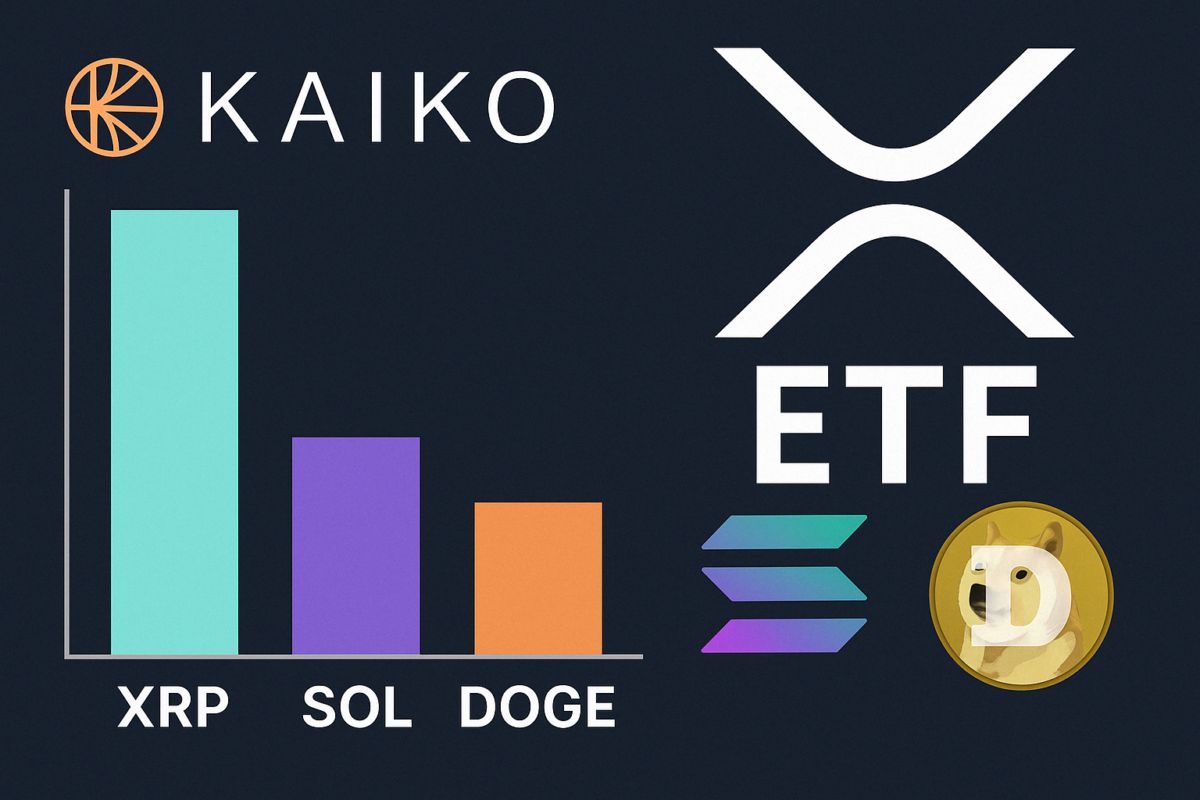Political Pressures Led to Diem’s Downfall, Leaving Bitcoin as a Potential Solution for Future Payments
-
The recent revelations from Diem co-creator David Marcus underscore the profound impact of regulatory pressures on cryptocurrency initiatives in the United States.
-
Marcus’s insights highlight the intricate balance between innovation in decentralized finance and the stringent regulatory environment that often stifles such developments.
-
“The project was killed politically, executed through intimidation of captive banking institutions,” Marcus claims, shedding light on the underlying challenges within the crypto landscape.
Explore how political dynamics influenced the downfall of Meta’s Diem project and what it means for the future of cryptocurrency in the U.S.
Regulatory Pressures Behind the Fall of the Diem Project
The downfall of Meta’s ambitious Diem project, originally launched as Libra, serves as a critical case study in the relationship between innovation and regulation in the cryptocurrency space. Initially announced in June 2019, Diem aimed to develop a decentralized payments network integrated with a US dollar stablecoin, garnering support from major players like Visa and PayPal. However, the rapid escalation of regulatory scrutiny turned a promising concept into a political battleground.
Political Interventions and Their Economic Impact
According to Marcus, the project’s ultimate demise merged into a political narrative rather than a legal one. After acknowledging regulatory concerns about issues such as money laundering and consumer protection, it appeared the project had gained momentum. Despite Federal Reserve Chair Jerome Powell’s tentative approval for limited forward movement, the final decision rested on Treasury Secretary Janet Yellen, who cautioned that proceeding could result in “political suicide.” This incident illustrates the profound influence that government officials exert on financial innovations, where economic progress can be sidelined by political considerations.
The Aftermath: Reflections from Industry Leaders
The demise of Diem prompted a reflection on future directions for cryptocurrency projects. Marcus shared that he felt compelled to disclose these developments after hearing Marc Andreessen discuss industry pressures on a podcast. The consensus among industry experts suggests a dire need for platforms that can withstand political challenges.
Learning from Diem: The Role of Decentralization
Moving forward, Marcus emphasized the urgent necessity of leveraging Bitcoin as the foundational asset for any new initiatives aiming to create a viable framework for global payments. “If you’re trying to build an open money grid for the world—eventually moving trillions of dollars a day, designed to be here 100 years from now—you have to build it on the most neutral, decentralized, unassailable network and asset,” he affirmed. This assertion highlights Bitcoin’s potential to provide the stability and resilience required to navigate future regulatory landscapes.
Looking Ahead: The Future of Crypto Payments
As the cryptocurrency sector continues to evolve, stakeholders must remain vigilant in courting regulatory bodies to facilitate innovation. The Diem saga serves as a sobering reminder that while the technology behind cryptocurrencies is transformative, it exists within a complex web of political dynamics. The potential for securing a wide-scale adoption of Bitcoin, alongside the creation of decentralized payment infrastructures, remains an open conversation among leaders in fintech.
Conclusion
The Diem project encapsulates the broader struggle between regulatory frameworks and technological advancement in cryptocurrency. As Marcus articulates, the lesson is clear: for any revolutionary payment solution to endure, it must be built upon robust and decentralized foundations, particularly those offered by Bitcoin. Stakeholders must collaborate on creating a framework that embraces innovation while navigating the political hurdles currently defining the landscape.
Disclaimer: The content of this article solely reflects the author's opinion and does not represent the platform in any capacity. This article is not intended to serve as a reference for making investment decisions.
You may also like
XRP Gains Edge in ETF Race Over SOL and DOGE, Says Kaiko

Strive Pushes Intuit to Add Bitcoin to Treasury
Strive urges Intuit to hold Bitcoin in its treasury to hedge against AI-driven disruption risks.Bitcoin as a Hedge Against AI Disruption?Why Bitcoin, and Why Now?BTC in the Boardroom

JP Morgan Predicts Imminent Interest Rate Cuts
JP Morgan forecasts upcoming rate cuts, signaling a major shift in U.S. economic policy that could impact markets and crypto alike.JP Morgan Signals Upcoming Interest Rate CutsWhy Rate Cuts Matter for MarketsCrypto Could See Renewed Interest

Raydium launches Launch Lab, a token issuance platform
